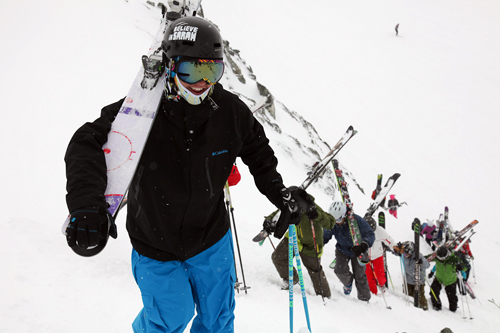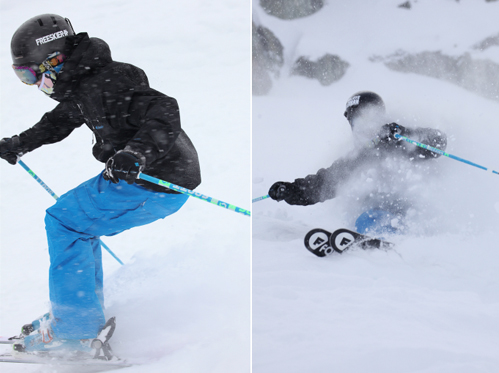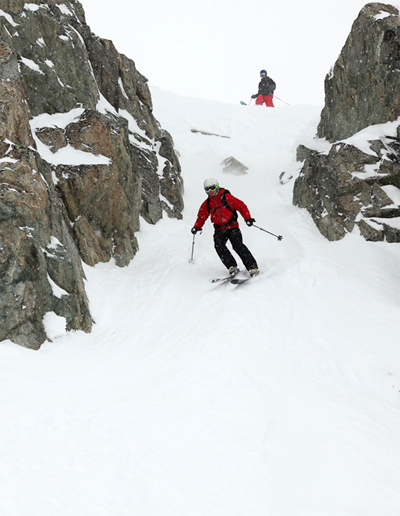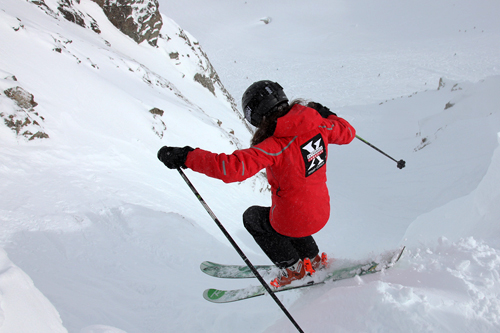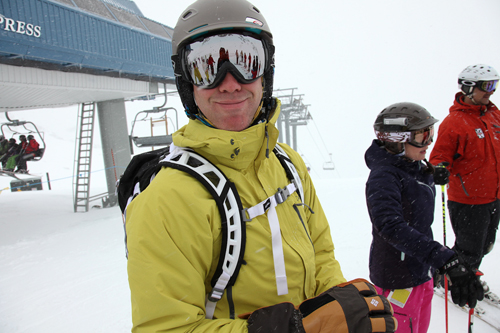Cliff walls lined the chute below my skis. Clouds whirled overhead, snow bulleting in big flakes and filling in ski tracks almost as fast as we could make them. It was day two of a clinic at Whistler Blackcomb resort in British Columbia, where for more than a decade a guide outfit called Extremely Canadian has run classes to teach the art of skiing the steep and the deep.
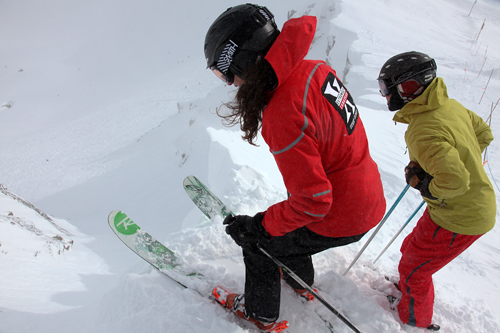
“It’s just snow, go for it!” My group’s instructor, Wendy Brookbank, was shouting from below. Her encouragement was meant to boost confidence on a run that dropped away as steep as most mountain climbs.
With caution, I approached the edge. I leaned into a turn, my skis slicing, and I rocketed downhill with snow exploding all around.
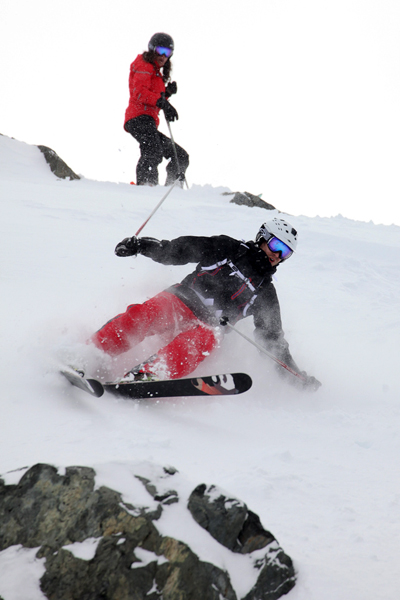
For years I have been a steep-skiing freak. Chutes, high faces, double-diamond couloirs — these are the features I seek, and I am a confident skier. But a couple of seasons off from serious skiing had made me rusty and introduced slop into my style.
To remedy this, this past weekend I followed Brookbank and other coaches with Extremely Canadian in an attempt to tighten my technique and learn a few new tricks along the way.
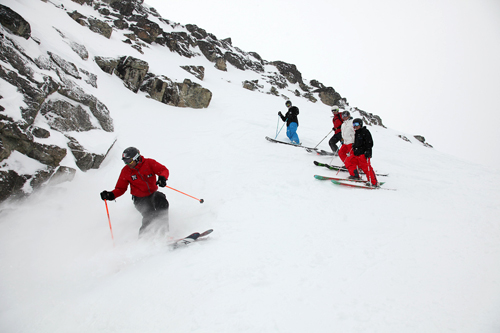
The steep skiing clinic, which costs $399 (Canadian dollars), offers two full days of serious instruction and serious fun. Like similar programs at ski resorts around North America, it’s made for skiers who are intermediate to expert level and willing to push themselves beyond the groomed trail.
